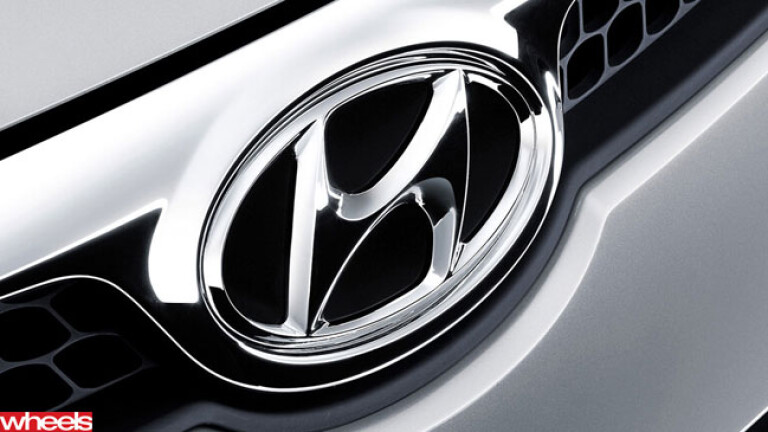
HYUNDAI will try and break well clear of the 100,000 annual volume ceiling with the return of the Sonata nameplate, an all-new light car-based SUV and the long-awaited second-generation i20.
Spurred on by a record 97,006 sales in 2013 – a six per cent jump of the preceding period – the Korean brand will exhume the Sonata moniker in the third quarter, to better challenge the latest Toyota Camry.
That’s about the same time the BMW 5 Series-sized DH-series Genesis luxury sedan will launch in Australia; as we revealed earlier in the week, Hyundai hopes to have the flagship sedan comfortably under $60,000.
The Sonata is the belated replacement for the YF-series i45, which sold in steady numbers for two years from 2010.
When discontinued, Hyundai was confident the European-engineered i40 sedan and Touring – though smaller inside and out – would be the better sellers, but has since changed its tune.
The Sonata badge will grace the all-new and larger LF-series sedan, which is said to bring significantly improved dynamics and refinement, as well as more performance.
The latter will be further enhanced by the option of a 2.0-litre turbocharged four-cylinder petrol engine.
Whether the Sonata kills off the i40 line is unknown, though the former lacks both diesel and wagon availability.
Another fresh face in the Hyundai line-up will be the brand’s answer to the bevy of sub-compact urban SUVs such as the Holden Trax and Peugeot 2008.
Expected to surface at the Beijing motor show in April, and rumoured to carry the ix25 badge, it should make it to our shores by year’s end. Pricing is projected to be in the low-$20,000 region.
Like the Trax and 2008 – which are based on the Barina/Corsa and 208 light cars respectively – the ix25 will be built on the second-generation i20 platform that also underpins the Kia Soul.
Set for an early 2015 launch in Australia, the next i20 (IB-series) is reportedly a measurably larger and more grown up proposition altogether than the existing six-year old model, with elements of the firm’s Fluidic Sculpture 2.0 styling language to give the baby hatch a far more contemporary look.
We understand Hyundai is considering importing the higher-specification Turkish-built version that will also serve the more sophisticated European market, rather than its lower-cost Indian-made sibling.
Finally, there is a very small chance that the lauded i10 sub B-segment city car may land in Australia – though not before sometime next year. It has enjoyed a welcome reception from some quarters of the European press recently, with praise directed towards the littlest Hyundai’s refinement and composure.
We’ll keep you posted as the high-flying H-brand reveals more information about its intriguing new wares.

COMMENTS